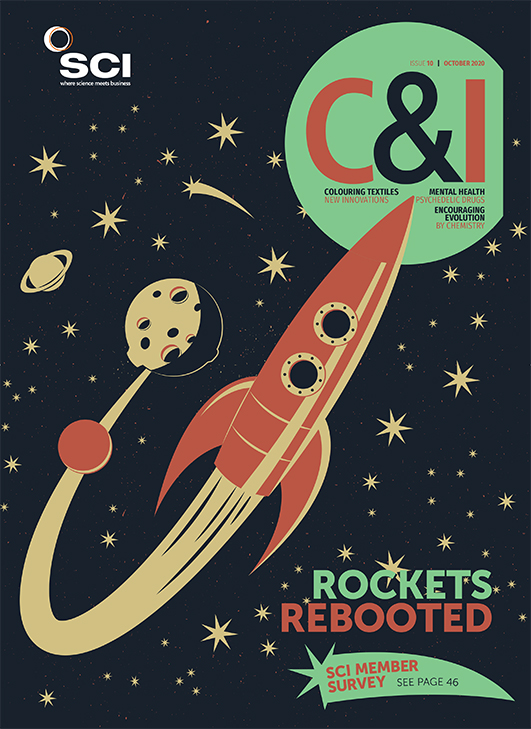Katrina Megget
Genomic sequencing of the SARS-CoV-2 virus is helping to provide a more complete picture of Covid-19 spread, which may return life to normal faster, according to researchers.
Many countries have turned to sequencing the coronavirus genome to complement traditional public health measures of track, trace and isolate and to inform appropriate lockdown restrictions.
‘Sequencing the genome of SARS-CoV-2 enables us to ‘fingerprint’ the virus and understand how it could be transmitted between individuals,’ says Rebecca Rockett, a virologist at the Marie Bashir Institute for Infectious Diseases and Biosecurity at the University of Sydney, Australia, who’s been involved in sequencing of Covid cases in New South Wales (NSW).
‘The virus genome contains genetic signatures that can pinpoint your parents and your family tree. Some individuals have a poor recall about their movements or have a lot of work-related contacts, like taxi drivers or supermarket workers. Understanding how they contracted the virus helps us implement effective control strategies and understand situations where viral transmission is most likely,’ she says.
Genomic sequencing, used in the Ebola outbreak, involves analysing the virus sample taken from patients by converting the virus RNA into DNA and then reading it and comparing it with sequences from other samples. The SARS-CoV-2 genome, which has 30,000 nucleotides, has been found to mutate slowly as it passes from person to person and appears to clock an estimated 2.5 nucleotide mutations each month, creating new variants/strains or lineages. Researchers compare these differences in the genetic sequence to build a picture of how cases are related and how the virus is spreading.
The first whole genome sequence of the virus was shared online on 11 January 2020. Now more than 75,000 SARS-CoV-2 sequences have been shared on the open-access database GISAID, the Global Initiative on Sharing All Influenza Data set up by the World Health Organization in 2008 in response to the H5N1 bird flu outbreak.
‘Sequencing of the SARS-CoV-2 genome can be a powerful tool in detecting changes in the virus and can be useful to determine information such as the origin of the pathogen, whether a case is from an imported strain, the transmission routes in the community, the existence of potential mutations that could affect the performance of diagnostic tests, monoclonal antibodies or other therapies, and vaccines,’ says a WHO spokeswoman.
In New Zealand, genome sequencing has been used to understand the new Auckland cluster that occurred after the country was community-transmission free for 102 days. More than 134 cases of the Auckland cluster have been successfully sequenced alongside more than 50 virus genomes from people in managed quarantine facilities who arrived in the country from overseas. This established that the community cases were consistent with a single re-introduction of the virus into New Zealand, but no link was found to the managed quarantine facilities. The technique also identified that one case was unrelated to the cluster, and in that case, it had been contracted via exposure to a returned traveller from the US.
‘Genomic sequencing provides an additional and independent information layer for investigations,’ says Joep de Ligt, lead – bioinformatics and genomics at New Zealand’s Institute of Environmental Science and Research. ‘In the first wave, we were able to link more than ten cases that had unknown epidemiological links to the cluster through genomics, helping understand how wide the transmission network is.’
He adds that genomic sequencing can also be used to establish how well containment or lockdown measures are working. This was the case in Australia where genomic sequencing identified an infection-control failure in the hotel quarantine programme.
Rockett says genomic sequencing was extensively used in the state of NSW in conjunction with contact tracing to provide a more complete picture to understand the source of outbreaks, clusters of transmission and infection-control failures. ‘During the first wave in Australia, genomics was able to assign the virus to a cluster in over 10% of cases where contact tracing efforts had failed to identify the likely source of infection. In NSW, the most populous state in Australia, we have sequenced over 900 SARS-CoV-2 genomes to assist with public health efforts. This represents around 24% of all cases of Covid-19 diagnosed in NSW.’
Other countries, including Canada, Iceland, the US, the Netherlands and the UK are also using genomic sequencing.
In the UK, a £20m investment saw the launch of the COG-UK Consortium in late March 2020, which is using virus genome and other epidemiological data to help guide public health interventions and policies, as well as provide information on the virus itself and its evolution, and aid development of treatments. To date, COG-UK has sequenced more than 61,600 genomes. Analysis recently identified the first credible cases of Covid reinfection in the UK with people infected with different strains.
While genomics alone won’t prevent a second wave, de Ligt says it has an important role in combatting the virus and aiding outbreak-control strategies.
Nick Goldman, head of research and senior scientist at the European Molecular Biology Laboratory’s European Bioinformatics Institute based in Cambridgeshire, says sequencing would enhance track and trace. ‘The more we understand the virus and its transmission, the faster we will get back to normal. If we did more extensive sequencing, we wouldn’t need such strict lockdowns.’
MARTIN KRZYWINSKI/SCIENCE PHOTO LIBRARY





